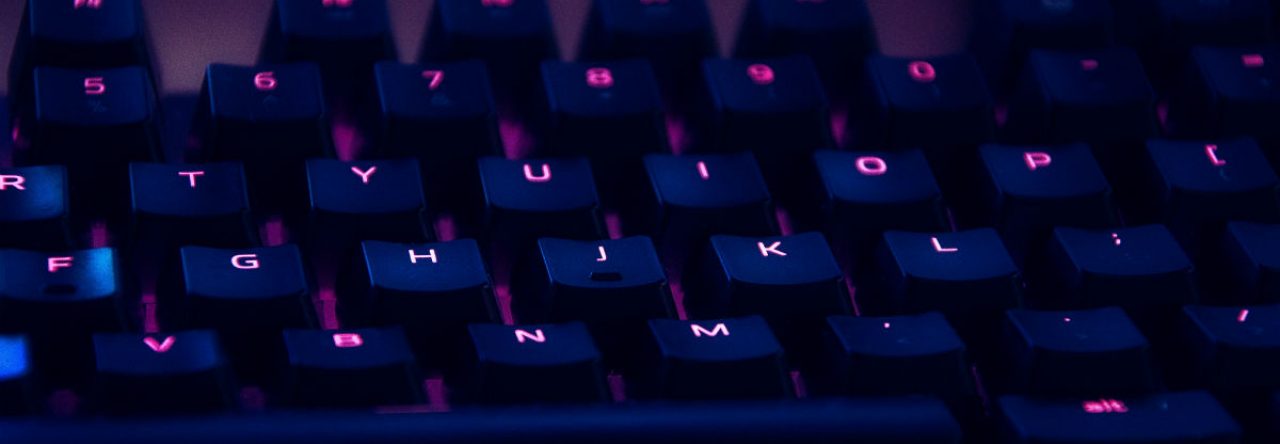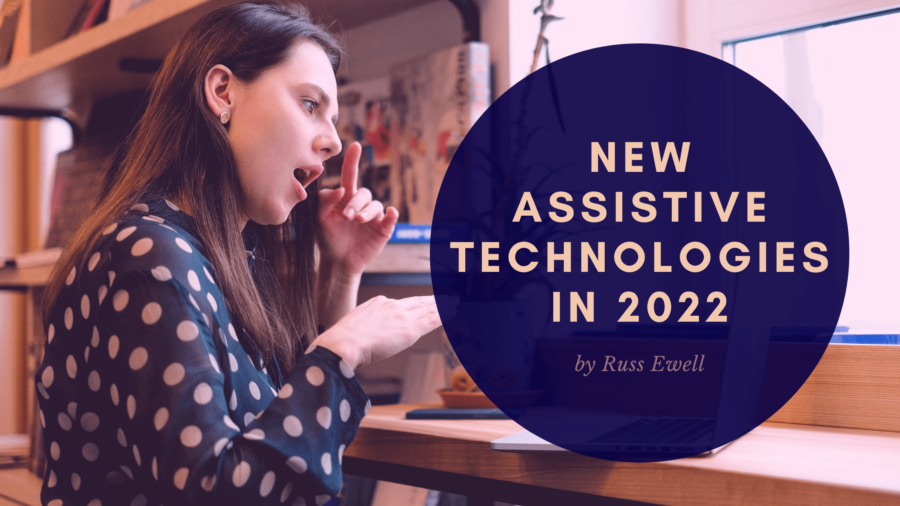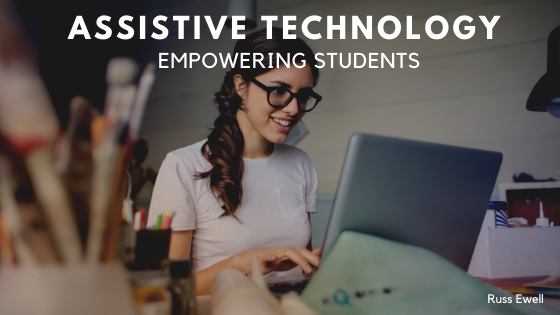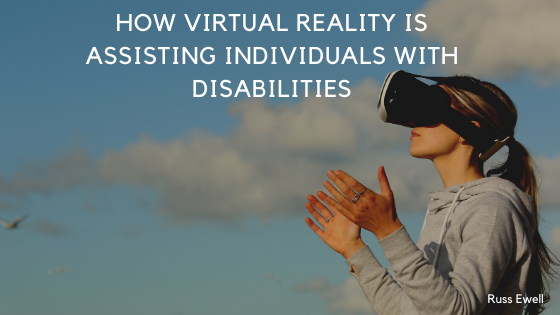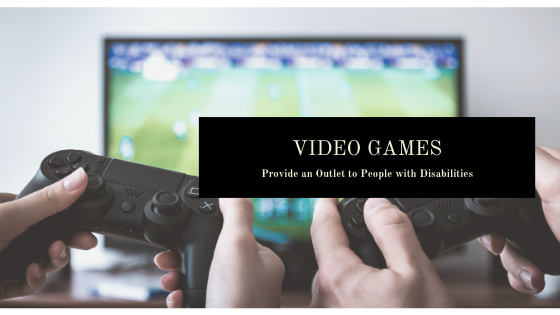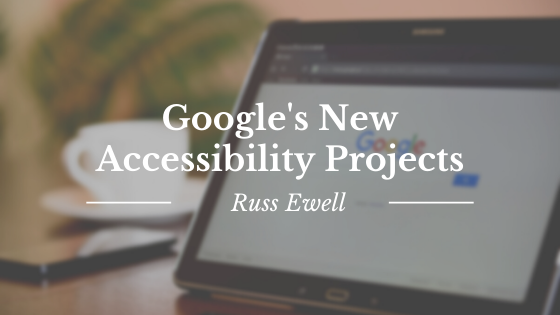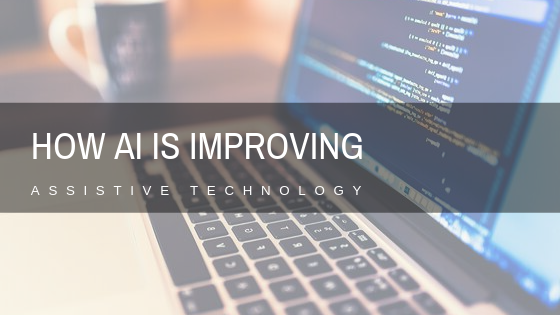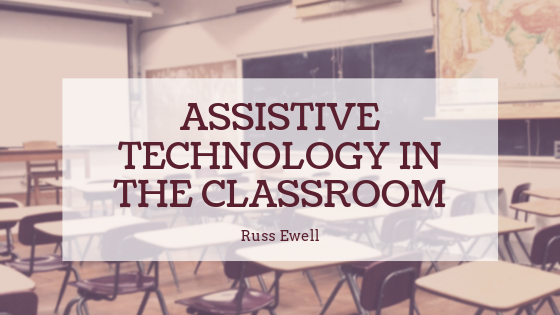There is no doubt that technology has changed the world in innumerable ways. In particular, it has made life easier for people with disabilities. Assistive technologies have come a long way in the past few years, and they are only going to get better in 2022. Many people with disabilities rely on assistive technologies to help them with everyday tasks. Here are some of the most promising new technologies that will be available in 2022.
- Help for the Hearing Impaired
One of the most promising new technologies for people with hearing impairments is called AudioEye. This technology uses a combination of hardware and software to provide real-time captioning for live events. AudioEye is already being used by some major corporations, including Microsoft and AT&T. Also, the National Association of the Deaf has given AudioEye its seal of approval. Most importantly, AudioEye is very affordable, which makes it accessible to people with all types of hearing impairments.
- Help for the Dexterity-Challenged
There are many new technologies being developed to help people with dexterity issues. One of the most promising is a robotic arm that can be controlled by thoughts. The user simply wears a special cap that reads brain waves. This technology is still in the early stages of development, but it has great potential for people with disabilities. According to one estimate, there are over a million people in the United States alone who could benefit from this technology.
- Help for the Visually Impaired
There are several new technologies being developed to help the visually impaired. One of the most promising is called eSight. This wearable device uses a high-definition camera to capture images and then displays them on two OLED screens in front of the user’s eyes. The result is that the user can see things that they would not be able to see with their naked eyes. eSight is already being used by thousands of people around the world, and it is expected to be available to the general public by 2022.
These are just a few examples of the new assistive technologies that will be available in 2022. It is clear that these technologies have the potential to change the lives of people with disabilities for the better. We can only imagine what new technologies will be developed in the years to come.
